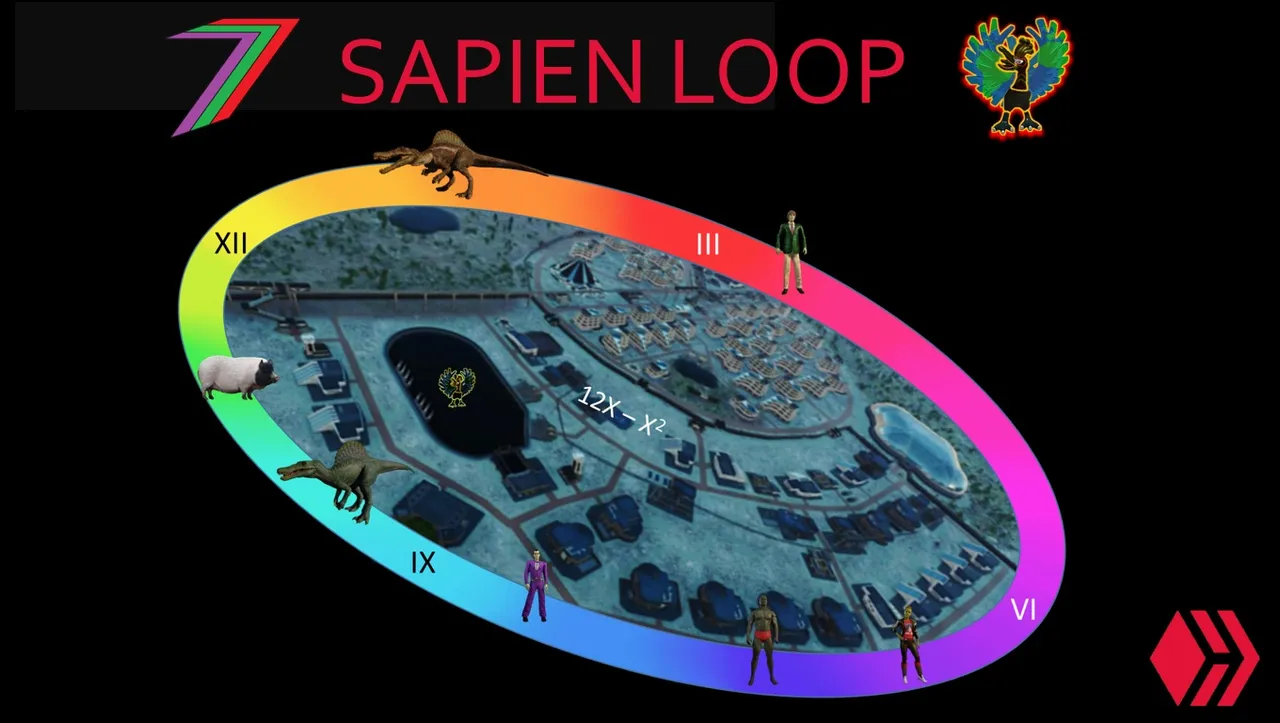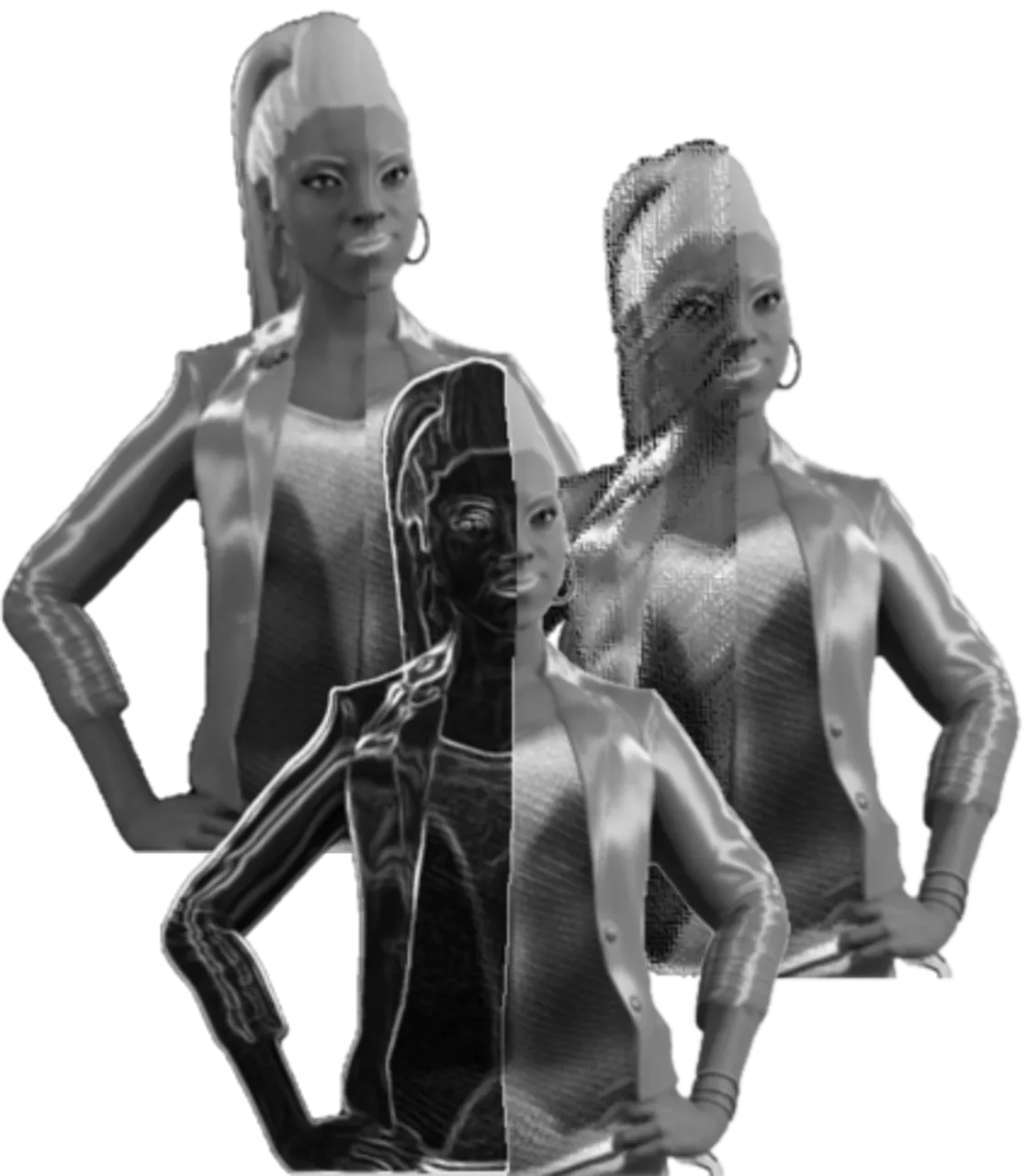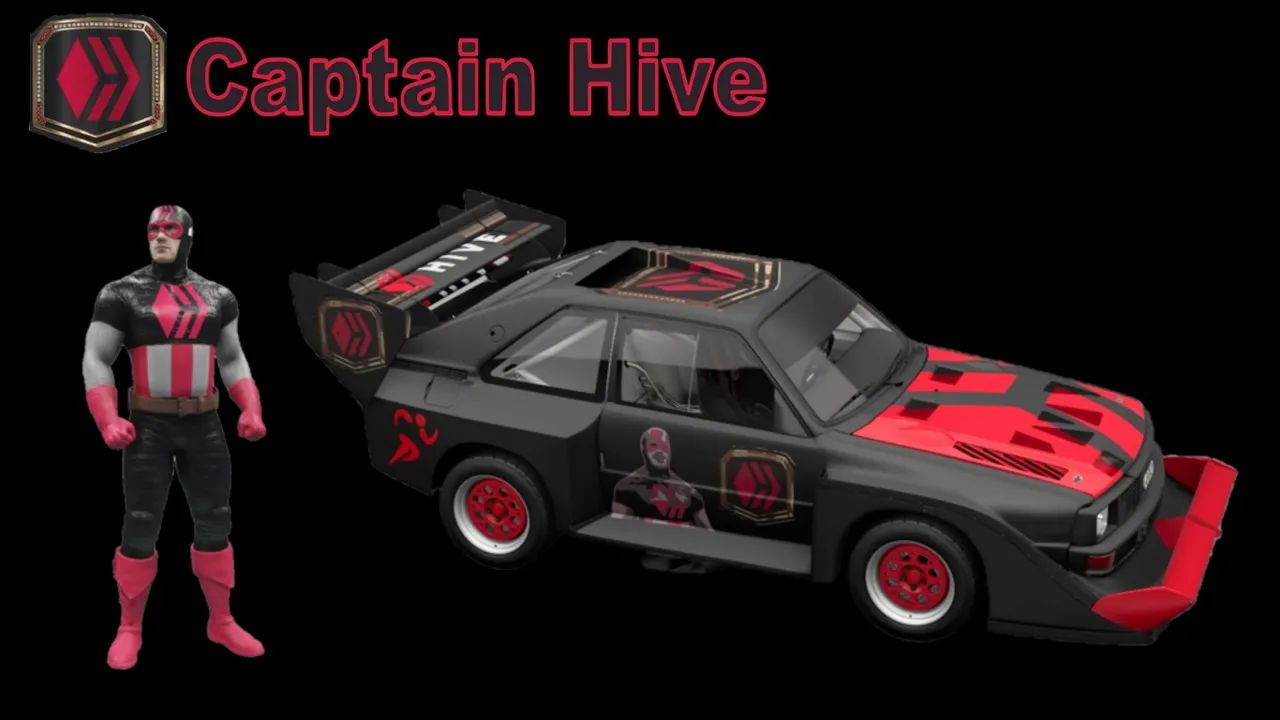
Part 4: The Lie

Chapter 71: The Linap
Thousands of years before the Sapiens existed. Three types of species inhabited Sapia. They were the Sentray, the Linap, and the Sapes. The Sentray were large, physically strong, intelligent, and carnivorous. The Sentray hunted the Linap and the Sapes. Many of the Linap were killed. Some of the Linap managed to survive because of their ability to camouflage themselves by changing colour, becoming invisible, and even shapeshifting.
The Linap were also highly intelligent and found ways to escape the Sentray. However, they were losing the battle. The Linap population was falling quickly. Only the most intelligent and skilled shapeshifters were able to survive. To secure their survival, they decided to fight back against the Sentray.
They could not physically fight them. They decided to fight back by contaminating the Sentray’s water supply. The contamination did not kill the Sentray, but it did cause many of the Sentray to become infertile or have limited fertility. Within a few decades, the Sentray population began to decline sharply. The Linap were able to protect themselves from the contamination by securing themselves a clean water supply.
The Linap population began to expand again. The struggle with the Sentray caused the Linap to evolve into a highly intelligent species that had the full ability to shapeshift at will. They went from the hunted to the hunters. Their intelligence enabled them to develop new technologies. They used these technologies and their ability to shapeshift to hunt the Sapes.
Hunting became harder as the Sapes began to die out. It was difficult keeping the Sapes away from the contaminated water. The Linap decided they wanted to capture some of the Sapes they hunted. They isolated them from the contaminated water and bred them in captivity. They bred them to be bigger. The population of the selected Sapes grew rapidly, giving the Linap a reliable food source.
The Linap civilisation expanded. Their technology grew ever more complicated. The technology gave them improved health, entertainment, improved structures and buildings, and many more things.
Sadly, the Linap could not remain happy. They always wanted more. They were most proud of their ability to alter genetics through breeding programs. They had made the selected Sapes into a large, docile, rapidly growing species that provided them with plenty of food at a very low cost.
They also desired to modify themselves. The trait they most coveted was intelligence. The more intelligent they became, the more they could achieve. Natural evolution was too slow for them. They wanted extremely advanced intelligence immediately. They experimented on themselves. It appeared they had succeeded. Their intelligence had tripled. The Linap leaders and scientists decided that all Linap would be born with this advanced intelligence.
Most of the general population strongly supported the proposal. Theologists from the House of Divine Knowledge strongly opposed such a radical manipulation of the Linap genes. The leaders dismissed such concerns. They stated that the will of the majority should prevail. The gene manipulation went ahead. All of the Linap offspring were born with this advanced intelligence.
The next generation of Linap used their intelligence to advance their civilisation rapidly. Highly technologically advanced cities grew. Resources were abundant and could be accessed with ease. Everyone had a great quality of life. They officially named their planet Sapia. It was a utopia built from intelligence.
This success and happiness did not last. The next generation of highly intelligent Linap was born very sickly. Many of them died in their first few years of life. The combinations of modified genes from male and female Linap caused many genetic problems for the offspring. The Linap tried everything they could to reverse the changes they had made. It appeared that poor health would be a permanent genetic feature of the next generation of Linap and possibly all future generations.
The Linap were faced with the possibility of extinction within just a few generations. Their attention switched from genetic manipulation to medication. They developed medicines that countered some of the diseases and defects the next generation faced. They did enough to preserve the lives of some of their species. However, they faced the problem of a massive fall in population as the old far exceeded the young.
The initial response was to build robots to help with the workload. This task proved to be difficult as the next generation had too few to operate and maintain them. They also lacked the physical capability to work long hours.
They decided to turn to genetics again. Instead of altering their own genetics, they decided to create two new species.
The first species were called Sapiens. They were intended to perform the roles the Linap now struggled to do. They needed to have sufficient intelligence as well as the right physical attributes to perform these roles. The Linap genetics would ensure they had these traits. The Sape genetics were required to eliminate the health problems of the Linap. The Sape genetics also made the Sapiens physically stronger, more placid, and slightly less intelligent than the Linap. Overall, the new species were far more genetically related to the Linap than they were to the selected Sape species.
The Sapiens physically resembled the Linap. However, they looked sufficiently different so as not to be mistaken for the same species. Their facial features were broader and more rounded. Their bone structure was broader and heavier. They had thicker, denser hair. Their skin was lighter and brighter. The poorer health of the Linap made them appear more haggard than the Sapiens.
Even though the Sapiens were genetically similar to the Linap, the Linap did not consider them a subspecies of themselves. The Sapiens were created to serve the Linap. They were not considered a possible healthy continuation of the Linap species. The Linap wanted to be cured without substantially downgrading their genetics with Sape DNA.
The second hybrid species were referred to as Sapiods. They were still genetically more Linap than Sape, but they were a lot more Sape-like than the Sapiens. They were physically much bigger and stronger than both Linap and Sapiens. They were far less intelligent than Sapiens but slightly more intelligent than Sapes.
They were intended to perform some of the manual work previously performed by machines and robots, but at a much lower cost and without the need for intervention from the Linap or Sapiens.
The Linap became the master of both Sapiens and Sapiods.
When the older Linap died, only the sickly new generations of Linap remained. They had sufficient medication to live longer lives, but their populations were not going to increase substantially unless they could fix their genetic condition. The number of Sapiens was soon expected to far exceed their population.
The Linap could no longer be direct masters of the Sapiens. They used their abilities to shapeshift to resemble Sapiens. They developed medication and technology that enabled them to hold the Sapien physical form for prolonged periods. This was not too difficult, as the Sapiens did not differ significantly in appearance from the Linap.
The Linap were no longer seen in public in their Linap form. After a few generations of Sapiens, the Linap had been forgotten. They were not considered part of Sapien history. However, the House of Divine Knowledge resurrected the name ‘Linap’. They used it as the name for the all-powerful god who they claimed created the world.
Sapia was now considered to have just three types of species. These were Sapiens, Sapiods, and Sapes.
Future of Social Media

Captain Hive is here

Remember to catch me on Spectrumecons, click link below.

